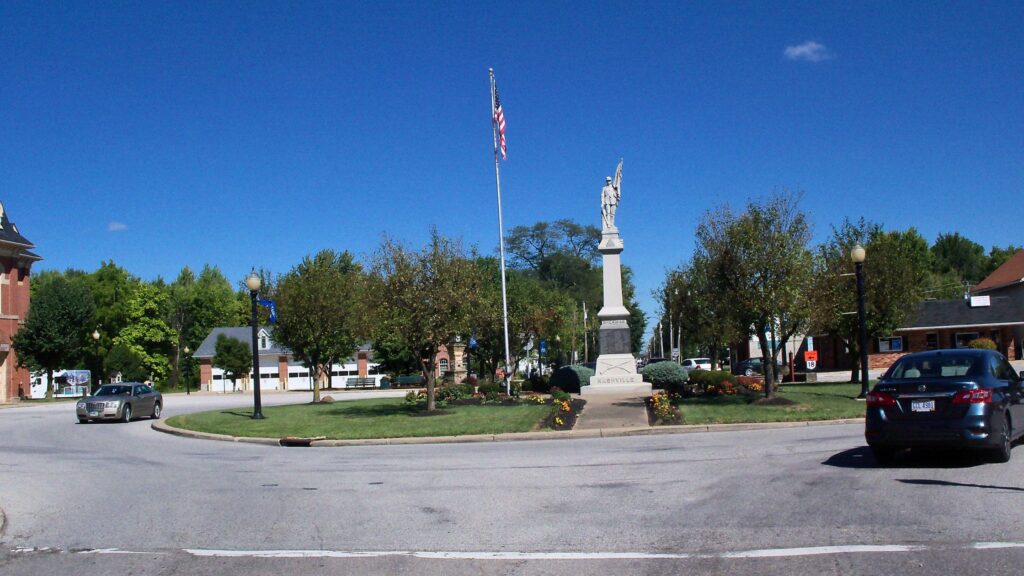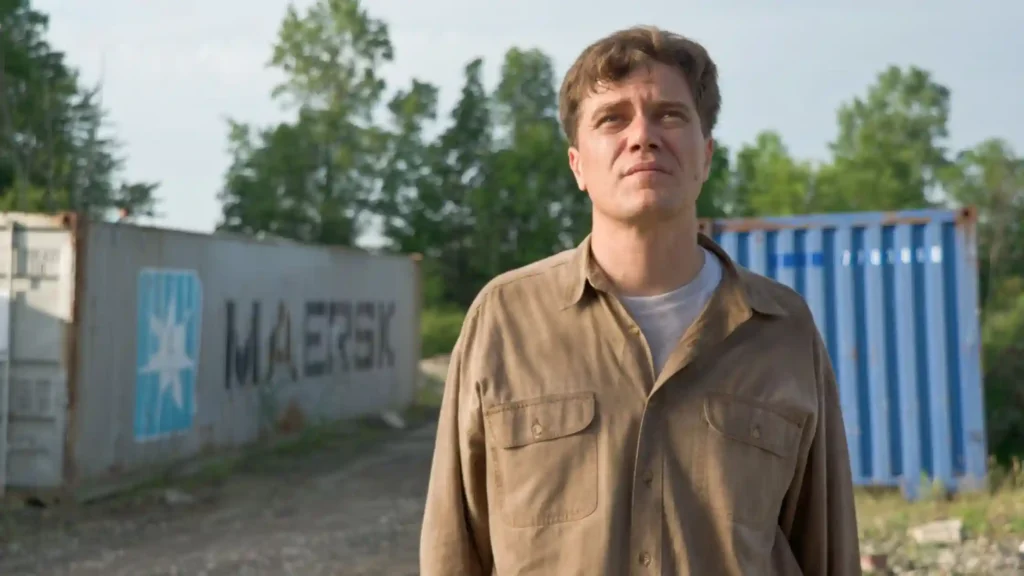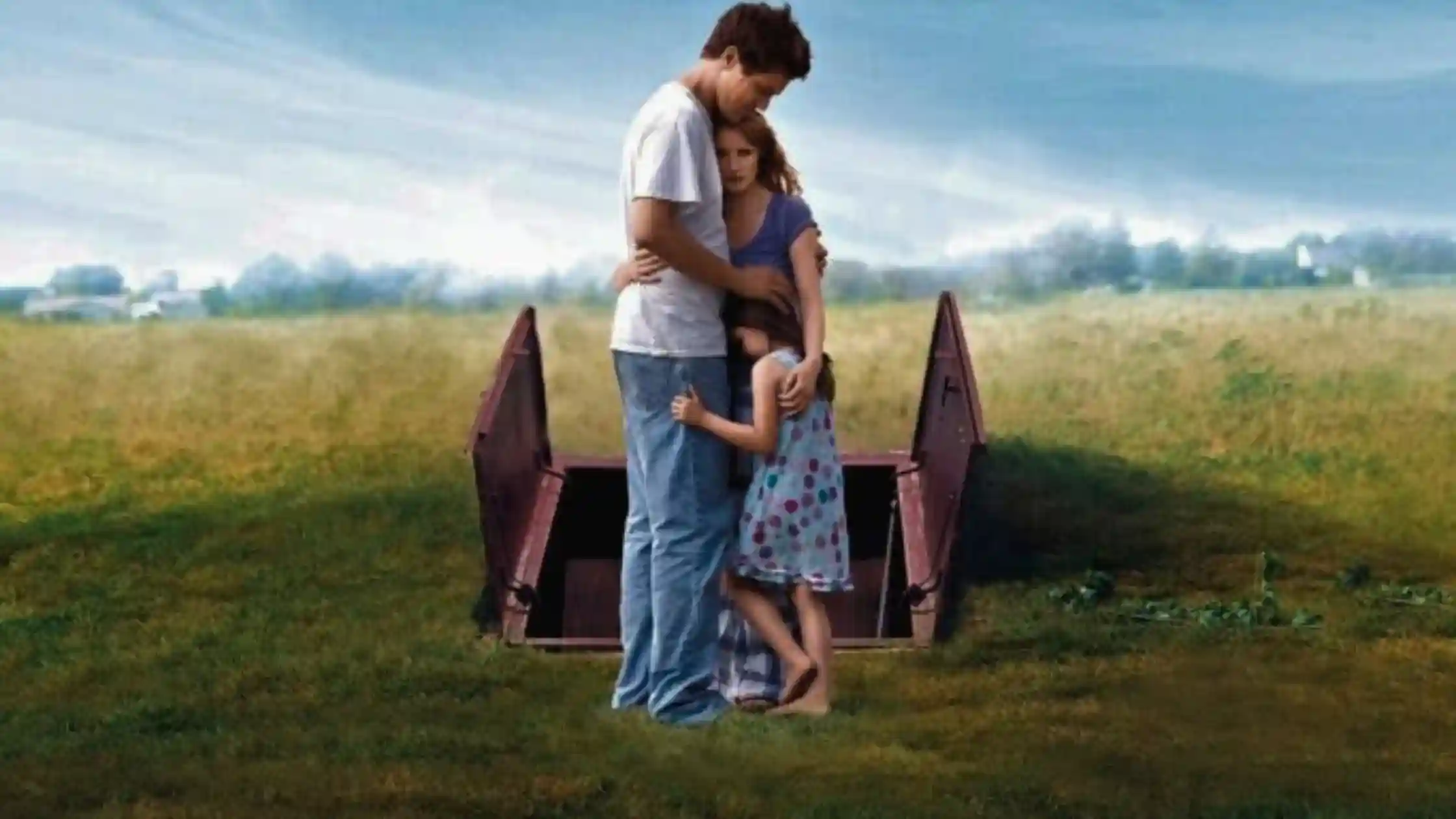Released in 2011, Take Shelter, directed by Jeff Nichols, stars Michael Shannon as Curtis LaForche, a man plagued by apocalyptic visions that drive him to build a storm shelter in his backyard.
With chilling scenes and thought-provoking themes of family and mental health, the movie was shot primarily across various rural Ohio locations, capturing the quiet charm of small-town America.
Let’s explore these places and uncover the unique filming locations that added an authentic backdrop to Curtis’s disturbing journey.
Take Shelter Filming Locations 🌆
| City | Description |
|---|---|
| LaGrange, OH | Curtis’s hometown and main setting of the film; a rural, close-knit village with historic charm. |
| Elyria, OH | Features Curtis’s visits to the library on Washington Ave, seeking answers for his unsettling visions. |
| Lorain, OH | Home to St. Joseph Hospital, where Curtis attends counseling for his mental health concerns. |
| Catawba Island, OH | Iconic for the intense final beach scene, evoking a sense of suspense and uncertainty. |
🎥 Where Was Take Shelter Filmed?

LaGrange, Ohio:
This peaceful, rural town was a perfect fit for Curtis’s quiet life that’s gradually torn apart by his visions.
Known for its small-town warmth, LaGrange exudes that sense of community that’s integral to the story.
Check out local spots around Biggs Road where Curtis’s family home was filmed.
Washington Avenue, Elyria:
Curtis’s desperate trip to the library in Elyria reveals his search for answers.
Washington Ave is a bustling street known for its historic architecture and beautiful homes.
Stop by the Elyria Public Library, where this pivotal scene was filmed, and take in the charm of the surrounding area.
St. Joseph Hospital, Lorain:
The scenes set in this abandoned hospital delve into Curtis’s struggle with his mental health.
Though no longer operational, the hospital has an eerie presence, with parts of it still preserved as a local landmark.

Myrtle Beach, SC:
The tension heightens in the unforgettable scene where Curtis and his daughter build sandcastles.
Curtis’s fears become all too real as ominous storm clouds loom over the ocean.
Myrtle Beach brings an eerie tranquility to the film’s climax.
About the Film 🎬
Take Shelter revolves around Curtis LaForche, a father who experiences terrifying visions, threatening his mental stability and relationships.
The film explores the thin line between intuition and paranoia, making viewers question whether Curtis’s premonitions are real or figments of his imagination.
The rural settings across Ohio amplify this psychological struggle, grounding the surreal aspects of the film in a familiar landscape.
Fun Fact 🌪️
Director Jeff Nichols used practical effects to create Curtis’s storm visions, using real storms and simulated weather rather than CGI.
This decision added a realistic edge to the film, making the apocalyptic scenes all the more intense.
Final Thoughts
Ohio’s rural landscapes offered the perfect backdrop for Take Shelter, amplifying the story’s intensity and grounding its supernatural elements.
The filming locations give fans a deeper appreciation for Curtis’s journey and the delicate balance of reality and imagination.
Whether you’re a film buff or an explorer looking to retrace Curtis’s steps, the small towns and historic sites featured in Take Shelter provide an unforgettable experience.
Top 5 FAQs About Take Shelter Filming Locations
Where was Curtis’s house in Take Shelter located?
The family house is located around Biggs Road in LaGrange, Ohio, providing the central location for much of the film.
What library did Curtis visit in the movie?
Curtis goes to the library on Washington Avenue in Elyria, Ohio.
Did they use real storms for the film?
Yes! Director Jeff Nichols used practical effects to simulate Curtis’s stormy visions.
Where was the final beach scene shot?
The beach scene was filmed at Myrtle Beach, South Carolina, showcasing Curtis’s ominous visions.
Can fans visit the filming locations?
Absolutely! Many of the locations, especially in Ohio, are open to visitors and make for a unique road trip.
